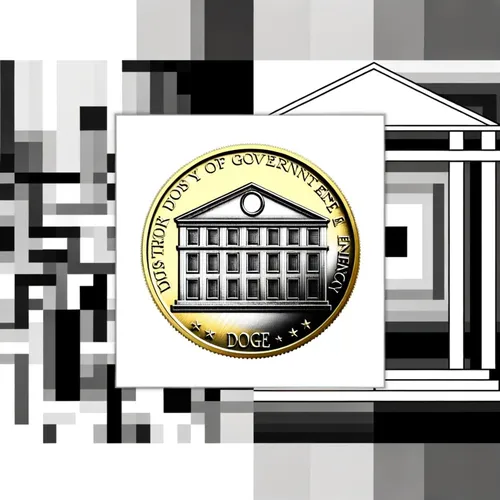DOGE Revolutionizes Government Efficiency with Tech Innovations and Controversial Cost Cutting Strategies Under Trump Musk Initiative
- Author
- Quiet. Please
- Published
- Tue 24 Jun 2025
- Episode Link
- https://www.spreaker.com/episode/doge-revolutionizes-government-efficiency-with-tech-innovations-and-controversial-cost-cutting-strategies-under-trump-musk-initiative--66730519
The U.S. government’s drive for efficiency has taken a futuristic turn with the creation of the Department of Government Efficiency, known as DOGE. Launched by executive order in January 2025, DOGE is the brainchild of conversations between Donald Trump and Elon Musk, and its mission is to modernize federal operations through cutting-edge technology, aggressive cost-cutting, and regulatory streamlining. Since its inception, DOGE claims to have saved $180 billion, a figure contested by independent analysts who put true savings at $135 billion, factoring in the disruptive costs of rapid reforms[3][1].
DOGE’s methods have been as unconventional as its acronym, with the department’s influential members slashing contracts, facilitating mass layoffs, and targeting agencies for dismantling, especially those flagged by the administration’s executive orders. This approach has hit small businesses particularly hard and sparked fierce legal and political resistance. Critics allege a lack of transparency—while Musk touts DOGE’s openness, the Supreme Court has ruled the department is exempt from many disclosure requirements. Some opponents have gone so far as to warn of a constitutional crisis, suggesting DOGE’s unchecked power suggests a soft coup in government administration[3].
DOGE’s name—reminiscent of the Dogecoin cryptocurrency—has fueled headlines dubbing it the “DOGE Coin of Bureaucracy.” The analogy is more than skin deep. DOGE has embraced aspects of blockchain and crypto technology in its quest for efficiency. This includes experimentation with tokenized government assets and considering reserves of decentralized digital currencies, aligning with global trends toward blockchain-based public infrastructure[5]. These moves echo successful pilot programs in places like Hong Kong, where tokenized bonds have streamlined government finance.
Yet, the future of DOGE remains uncertain. Its current mandate extends only through July 2026, and lawsuits challenging its authority are ongoing. For now, DOGE stands as a bold, controversial experiment in government modernization—one whose high-tech promises and sweeping disruptions have sparked both hope for greater efficiency and significant alarm about the cost to transparency, jobs, and democratic norms[3].
